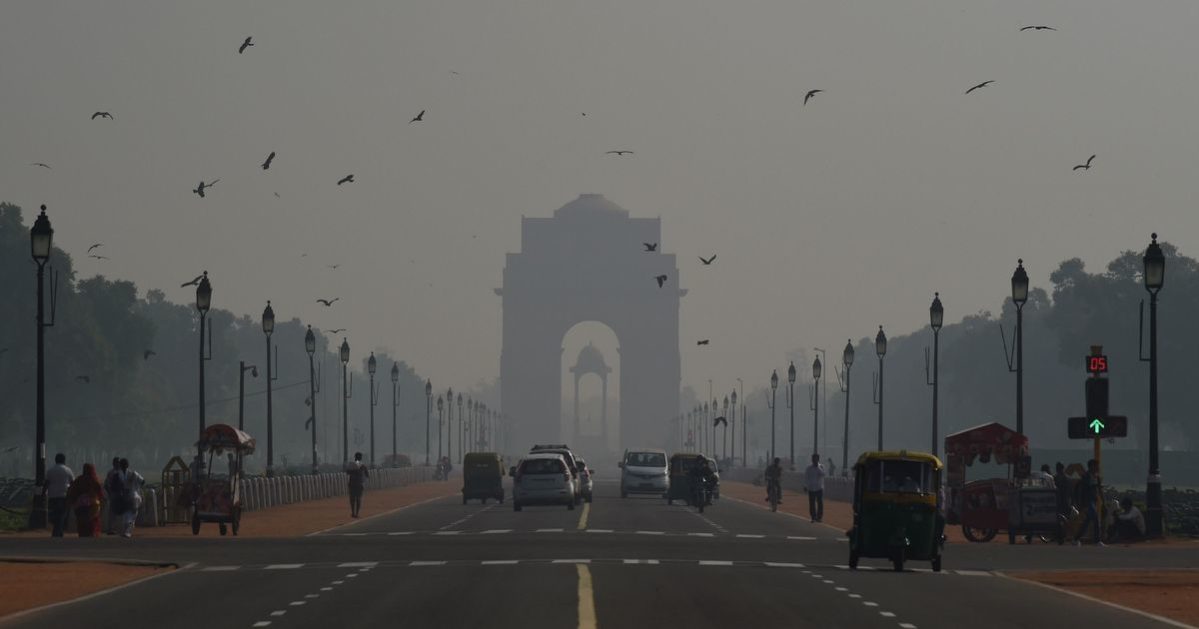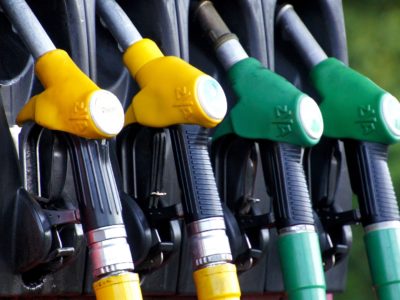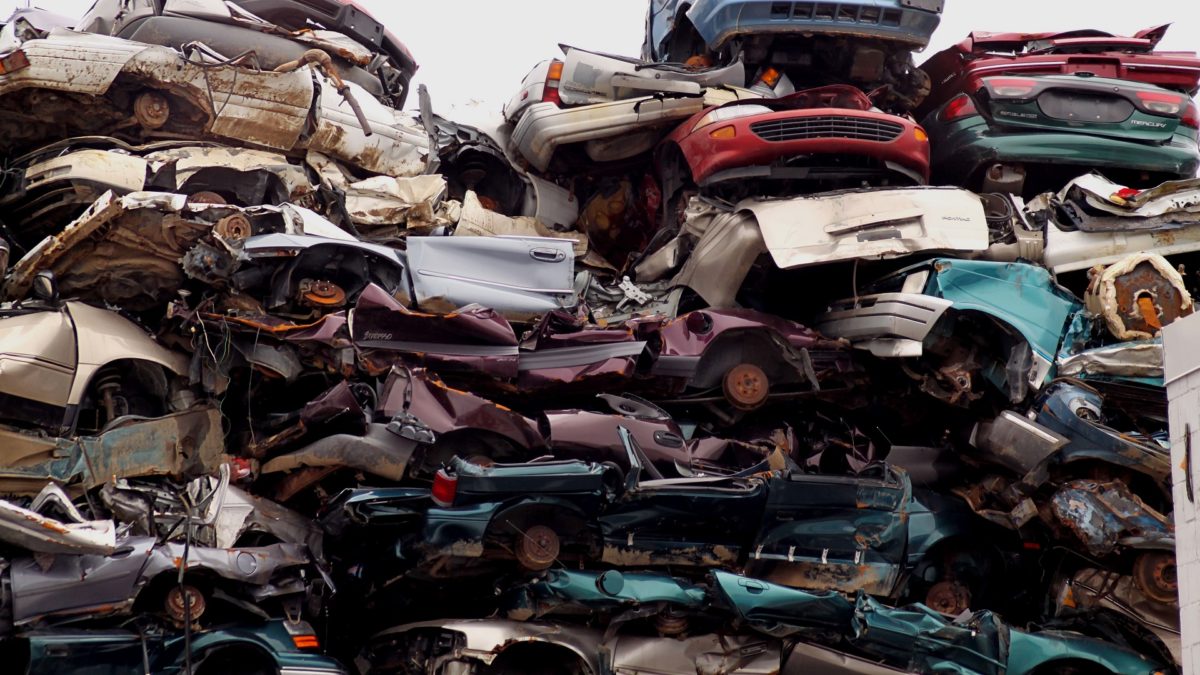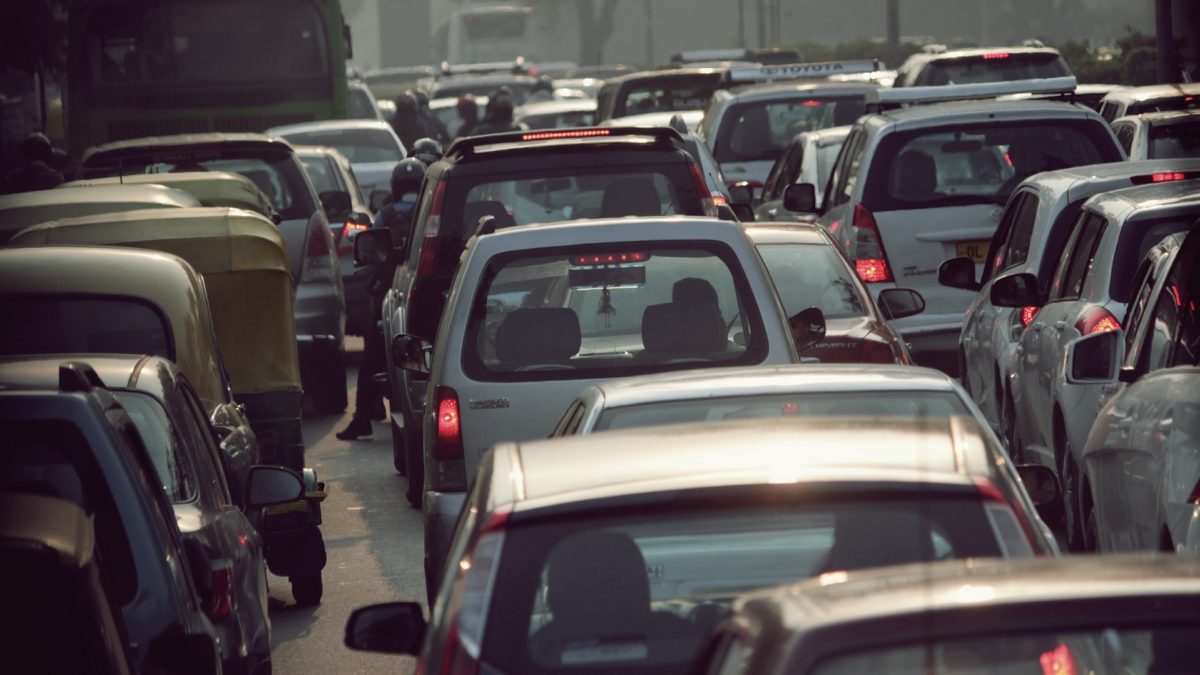Where Do You Stand On Delhi’s Odd-Even Scheme?
For those who are not well-versed with the Odd-Even scheme, here’s how it works. For some days during specific phases of a year, citizens of the National Capital Region (NCR) are asked to use their personal vehicles peculiarly. On odd dates, like the 3rd, 5th and the 7th, only cars with registration numbers ending with an odd digit can use the roads. Similarly, those ending with even numbers can legally ply on roads only when the calendar switches to even dates. The idea is to reduce cars on roads, which helps curb air pollution.
Now, as is the case with most rules and regulations in India, there are some exemptions. For instance, taxies and those personal vehicles which are running on CNG are not affected. In other words, the Odd-Even scheme doesn’t impact them. On the face, it does sound like a viable option for NCR, where millions of personal vehicles use the road network daily. Boring fact: the Odd-Even scheme first surfaced in 2016.

Now, to matters more recent. The Chief Minister of Delhi, Arvind Kejriwal, has announced dates for the next phase of Odd-Even scheme – from November 4 to November 15, 2019. It is one of the seven measures that Kejriwal will implement to tackle the inevitable rise in air pollution levels around Diwali.
Soon after Kejriwal’s announcement, Nitin Gadkari, who represents the Ministry of Road Transport and Highways of India (MoRTH), said that there is no need for the pollution-tackling scheme. He countered Kejriwal’s move by highlighting the work him and his team are doing to free Delhi of air pollution. Gadkari mentioned the ring-road that helps commercial vehicles to miss the national capital. Another one is the cleaning of the Yamuna river project. He claimed that based on the projects underway, Delhi would become pollution-free in the next two years.
Of course, Delhi has been choking to toxic air for many years. And pollution from vehicles is not the only source of the problem. There are many reasons why NCR is mostly under a blanket of deadly pollutants. For example, the crop burning from surrounding areas is a significant contributor. And that happens during winters when the air is denser. The plain landscape doesn’t help either. Now those are reasons which even a Chief Minister cannot address. The best he can do is request the neighbouring state governments to help reduce activities which worsens Delhi’s air problem. What do you guys think?
Source: PTI





